plant cells
Their composition contrasts with the cell walls of fungi which are made of chitin of bacteria which are made of peptidoglycan and of archaea which are made of pseudopeptidoglycan. A plant cell has a rigid cell wall which is the outermost of the cell.
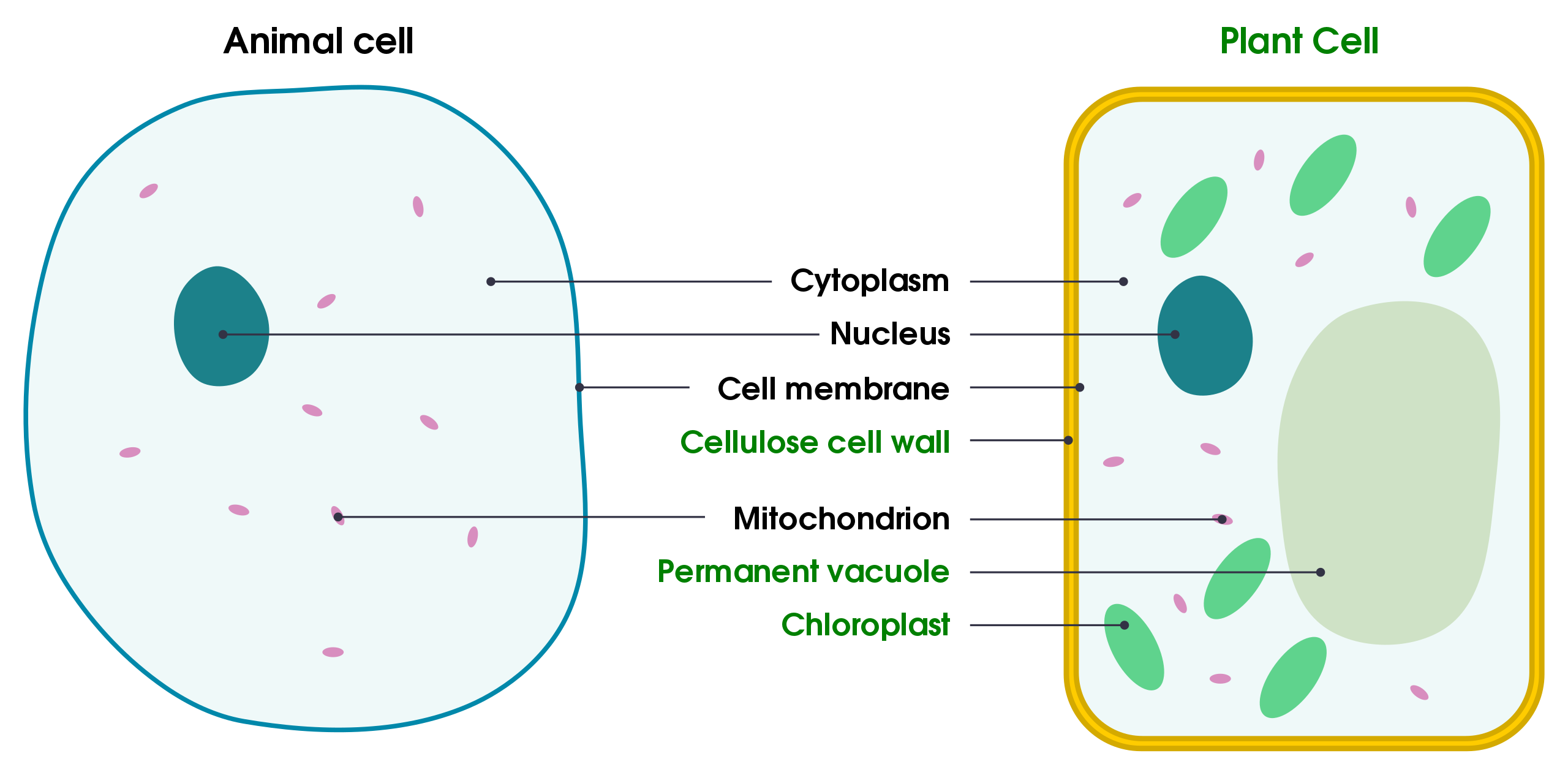
File Differences Between Simple Animal And Plant Cells En Svg Wikimedia Commons
Plant cells are the building blocks of plants.

. Pectin and sometimes lignin is secreted on the outside of the cell membrane. Plant cell walls are primarily made of cellulose which is the most abundant macromolecule on Earth. Three-way interactions between plants microbes and arthropods Computational microscopy Browse all Voices for equity diversity and inclusion in STEM.
It is also called the exoskeleton and gives rigidity and a firm shape to the cell. As we know plants make their own food through the process of photosynthesis. Photosynthesis occurs in the chloroplasts of the plant cell.
Plant cells are the basic unit and building blocks of life in organisms of the kingdom Plantae. Plant cells Plant cells have a distinct set of features and characteristics. They have cell walls composed of cellulose and some other compounds.
The Rights Holder for media is the person or group credited. The types of plant cells are Parenchyma Collenchyma and Sclerenchyma. Plant cells have cell walls constructed outside the cell membrane and composed of cellulose hemicelluloses and pectin.
A eukaryotic cell is any cell with a true nucleus and organelles. Plant cells are a type of eukaryotic cell that are found in organisms of the Plant Kingdom. Energy is produced in the form of ATP in the process.
The transport of molecules across it is one of the most important functions of plasma membranes. A model of a typical plant cell is found to be rectangular in shape ranging in size from 10 to 100 µm. Plant cells are multicellular eukaryotic cells that make up a plant a group of eukaryotes belonging to the Plantae kingdom with the ability to synthesis their own food using water Sunlight and CO2.
They are different to the cells of organisms from other kingdoms of life. The largest organelle in a mature plant cell involved in water balance and intracellular digestion numbered 9 is cell wall vacuole nucleus mitochondrion. For a more in-depth discussion of cells see cell.
But in some ways they are different from animal cells and the cells of other eukaryotes. It is the process of preparing food by the plants by utilizing sunlight carbon dioxide and water. Structure of Plant cell.
The following is a brief survey of some of the major characteristics of plant cells. The structure labeled 11 is the selectively permeable membrane. Plant cells play a very important role in making food through photosynthesis.
The cells of plants are broadly divided into two types. It is composed of a bilayer of fat having intermediate proteins incorporated as protein channels. Plants feel firm because of their cellular walls.
Label the key parts of a leaf cell and describe what they do. Make an onion slide and look at it under a microscope. Plant cells This basic structure of a plant cell is shown below the same plant cell as viewed with the light microscope and with the transmission electron microscope.
Plant cells are eukaryotic cells that are found in green plants photosynthetic eukaryotes of the kingdom Plantae which means they have a membrane-bound nucleus. Plant cells which are the fundamental units of the members of the plant kingdom are eukaryotic cells. Plant cells store energy as starch.
Director Tyson Brown National Geographic Society Author. It is the process of preparing food by the plants by utilizing sunlight carbon dioxide and water. They have a variety of membrane-bound cell organelles that perform various specific functions to maintain the normal functioning of the plant cell.
While animal cells come in various sizes and tend to have irregular shapes plant cells are more similar in size and are typically rectangular or cube shaped. Cellulose fibers are long linear polymers of hundreds of glucose molecules. Proteins Of the 20 amino acids needed to produce proteins only 10 can be produced naturally in animal cells.
Unlike animal cells plant cells have a cell wall surrounding the cell membrane. A plant cell also contains structures not found in an animal cell. Energy Storage Animals cells store energy in the form of the complex carbohydrate glycogen.
In addition to the nucleus that is enveloped by a membrane the plant cells are also containing other organelles. Success criteria- Read how to make an onion slide. They are made up of a cell wall cell membrane cytoplasm vacuole nucleus and chloroplasts.
Plant Cell Credits Media Credits The audio illustrations photos and videos are credited beneath the media asset except for promotional images which generally link to another page that contains the media credit. Plant cells are more similar in size and are typically rectangular or cube shaped. It is made up of chitin lignin and other materials.
Being eukaryotic cells they have a defined nucleus with specialized structural organelles that enable them to function in an orderly manner. Parenchyma cells sclerenchyma cells collenchyma cells xylem cells and phloem cells. This means that they are having a true membrane-bound nucleus in them.
It is the semipermeable membrane also called the plasma membrane that is present within the cell wall. Structure and Characteristics of a Plant Cell. Plant cells are generally larger than animal cells.
Cells are the smallest unit part of plants animals and all other living things. Those are common to all eukaryotic cells. It transforms as a primary cell wall and later transforms into the secondary cell wall.
Plant cells like animal cells are eukaryotic meaning they have a membrane-bound nucleus and organelles. There are various types of plant cells namely. As an organism grows its cells become mature enough to perform specific functions.
However these cells are arranged into tissues as Simple tissues Complex tissues Simple tissues Simple tissues making up the ground layers in plants. The permanent tissues generally dont divide further. Some of these include a cell wall a large vacuole and plastids.
Plant cells have a nucleus with chromosomes and DNA and they have mitochondria. An editorial innovation of The Plant Cell one of the most trusted names in plant biology. The region labeled 10 is the water based matrix where all organelles are present it is the cytoplasm cell wall cell membrane smooth endoplasmic reticulum.
Photosynthesis is the major function performed by plant cells. The cells of plants are eukaryotic. This immediately separates plant cells from the cells of bacteria and archaea.
They are cells that have a distinct nucleus and other cellular organelles enclosed within a membrane and thus are eukaryotic in origin. Plant cells have a rigid cell structure. Compare an animal and plant cell.

Plant Cell Overview Study Guide Inspirit

125 Plant Cell Wall Illustrations Clip Art Istock

Plant Cell Definition Organelles Structure Parts Functions Labeled Diagram Worksheet
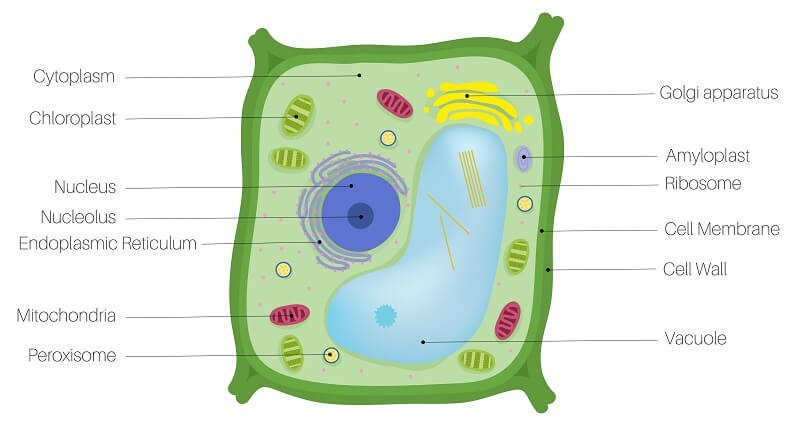
Plant Cell The Definitive Guide Biology Dictionary

Plant Cell Definition Characteristics Facts Britannica
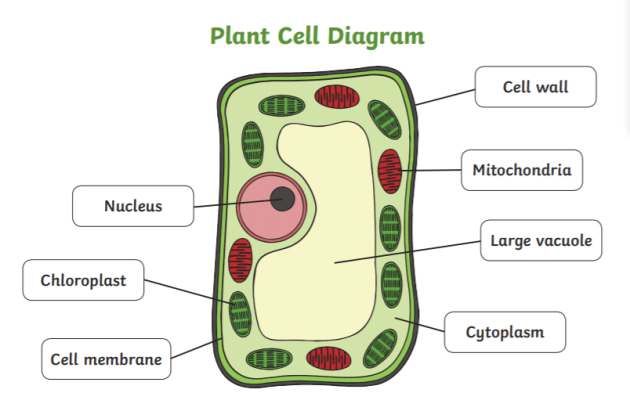
What Is A Plant Cell Twinkl Teaching Wiki
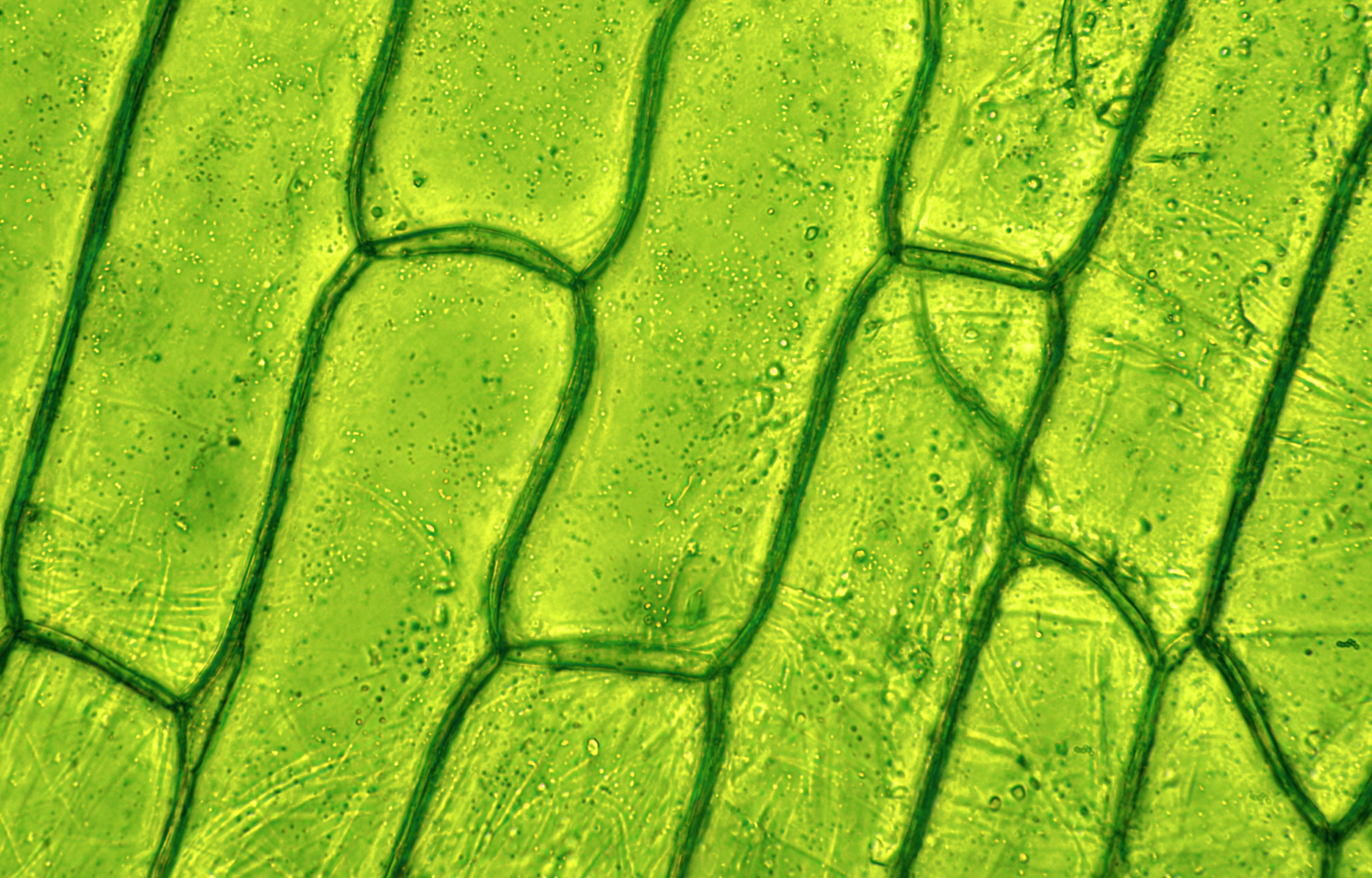
How Plant Cells Neutralize The Potential For Self Harm Carnegie Institution For Science
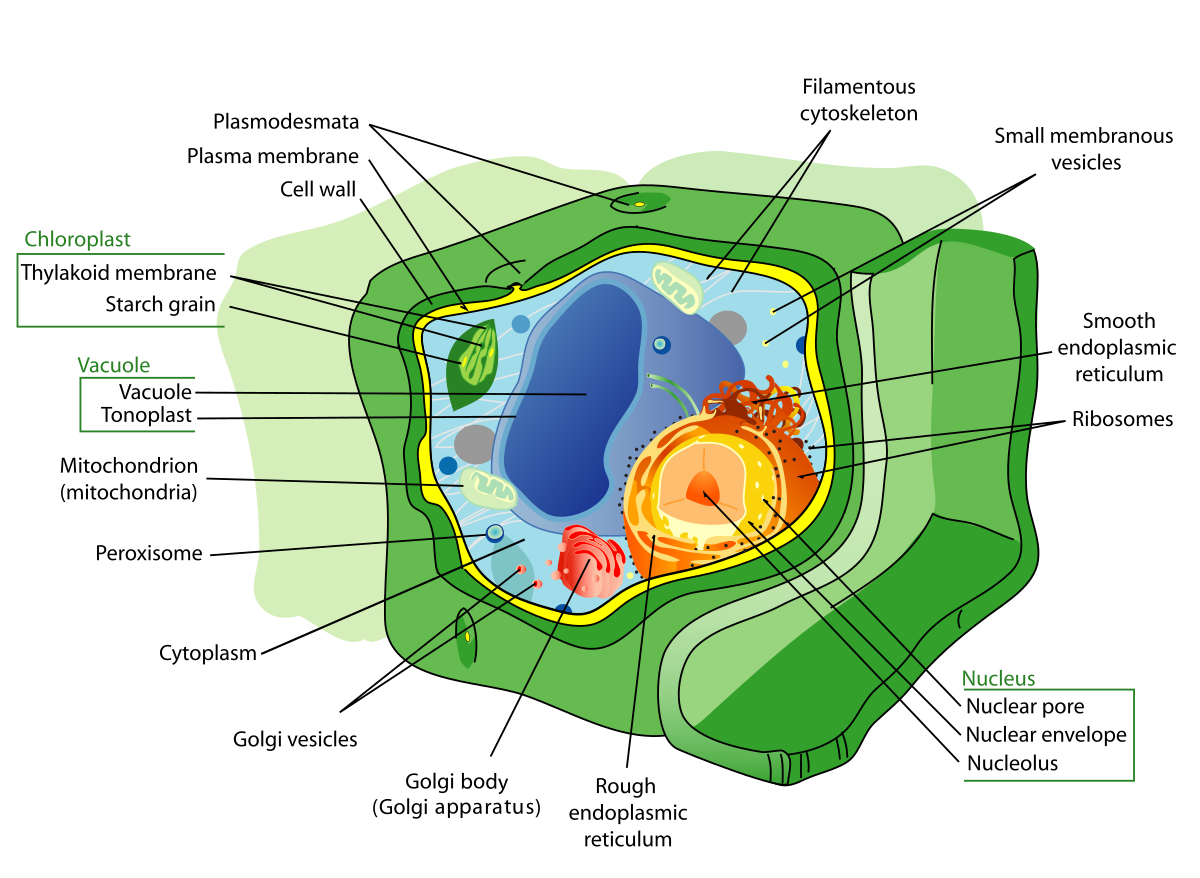
0 Response to "plant cells"
Post a Comment